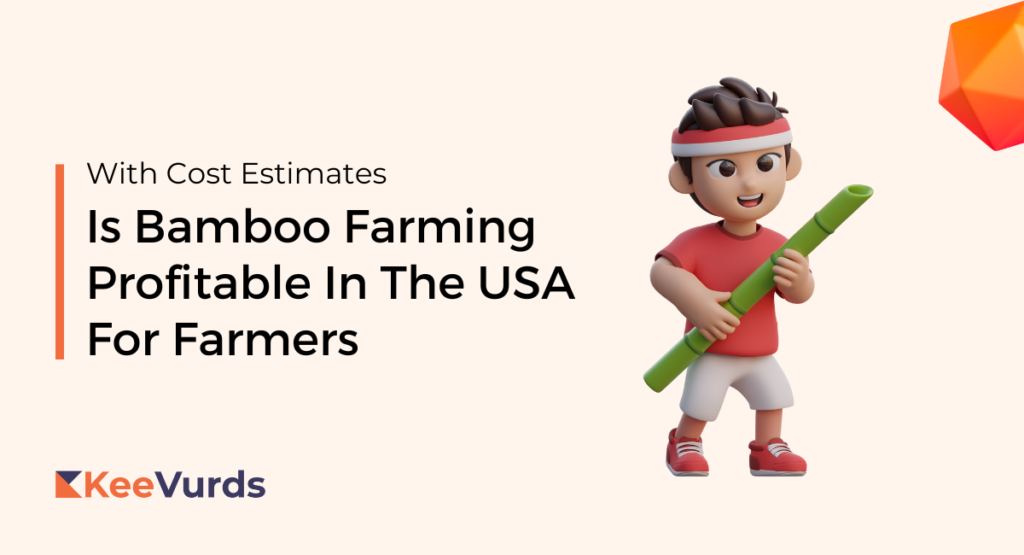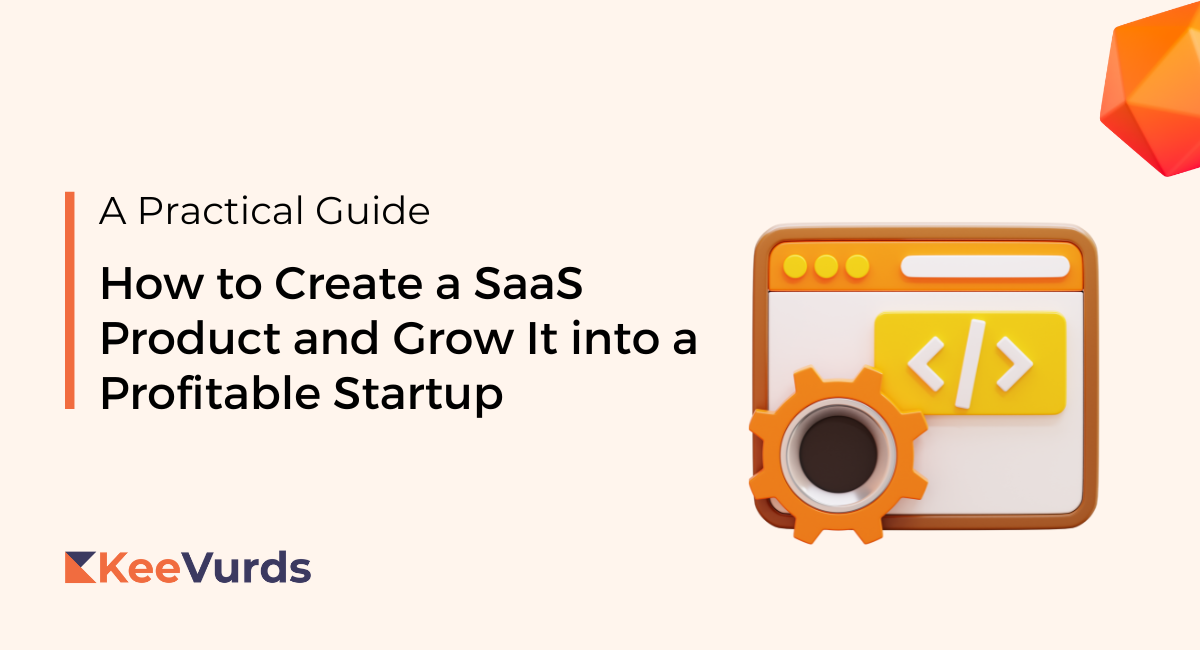Yes, the estimated profit per acre of bamboo farming in the USA after 4 years can be around $1,000. However, bamboo farming can be a complex business and profitability depends on several factors.
Here’s a breakdown of some of the key aspects to consider:
- Bamboo species: Certain fast-growing varieties like Moso bamboo are preferred for commercial farming.
- Yield: Proper management practices like fertilization and irrigation are crucial to maximize the number of harvestable culms (stalks) per acre.
- Market price: Researching local markets for bamboo is essential. Prices can vary depending on the type of bamboo product you’re selling (poles, mulch, shoots, etc.)
- Establishment costs: Setting up irrigation, weed control, and harvesting infrastructure requires an initial investment.
- Labor costs: Factor in the labor required for planting, maintaining the bamboo forest, and harvesting.
The above insights show that bamboo farming can be a viable option in 2024 for US farmers with careful planning and execution.
If you are planning for the same, we would suggest you consider conducting a feasibility study specific to your location and chosen bamboo species for a more accurate estimate of potential profits.
And, if you have already completed the study and want to get started with the process then below is a basic cost estimate for starting bamboo farming:
How Much Does It Cost To Start Bamboo Farming In The USA
The cost of starting a bamboo farm in the USA can vary greatly depending on the scale of your operation. You can start a small bamboo nursery for around $800, while larger farms will obviously require more investment.
Here’s a more detailed breakdown of the costs involved in starting a bamboo farm in the USA:
Initial Investment
- Land: This can be a significant cost, depending on the size and location of your farm. Leasing land might be a good option initially, especially for smaller farms. Costs can range from a few hundred dollars per acre for rural land to thousands per acre for prime locations.
- Bamboo Species: There are many bamboo varieties, each with its price range. Fast-growing, clumping varieties are generally more expensive than running varieties. You can expect to pay between $5 and $50 per rhizome (underground stem) depending on the species and size.
- Labor: Planting, maintenance, and harvesting can be labor-intensive, especially for larger farms. You might need to hire help or factor in your time commitment.
- Initial Supplies: This includes tools like shovels, rakes, weed whackers, and possibly fencing materials to keep unwanted animals out. You might also need irrigation equipment depending on your climate. Costs can range from a few hundred to a few thousand dollars.
Ongoing Costs
- Land Maintenance: Fertilizer, weed control, and occasional pest control might be necessary.
- Harvesting Equipment: As your farm grows, you might need to invest in specialized harvesting equipment for larger culms (bamboo stalks).
- Transportation: Depending on your market and product (poles, shoots, etc.), you might need a truck or trailer to deliver your harvest.
We hope that the above cost estimate will help you plan your business effectively. You should understand that the cost can vary depending on various factors and to help you further, we have mentioned a few of the factors below:
Factors Affecting The Cost And Profitability Of Bamboo Farming
Below are some of the major factors that can affect your cost of setting up the farming and profitability of your business:
Farm Size
- Larger farms can benefit from economies of scale, reducing costs per unit of bamboo produced. However, they also require a larger initial investment in land, labor, and equipment.
- Smaller farms can be more manageable, especially for beginners, but may have lower yields and higher production costs per unit.
Bamboo Species
- Different bamboo species have varying growth rates, yields, and market values.
- Fast-growing varieties might be desirable for quicker returns but may have lower value for specific uses.
- Slower-growing, high-value varieties may take longer to see a return on investment but can be more profitable in the long run.
Location (land prices, labor costs)
- Land prices can vary significantly depending on the region. Rural areas tend to have cheaper land costs but may have limited access to markets and labor.
- Labor costs can also differ depending on location. Areas with a high cost of living will generally have higher labor costs.
Market (wholesale, retail, processed products)
- The target market for your bamboo will influence your profitability.
- Selling wholesale generally brings a lower price per unit but may involve less processing and marketing.
- Retail and processed bamboo products can be more profitable but require additional investment in processing facilities and potentially storefront space.
Yield (affected by growing conditions, bamboo species)
- The overall yield of your bamboo farm will directly impact your profitability.
- Factors like climate, soil quality, and growing practices can affect yield.
- Choosing the right bamboo species for your growing conditions is crucial and will impact your profitability to a great extent.
In conclusion, while bamboo boasts potential for profit in the US market, achieving success requires a strategic approach.
By carefully selecting a fast-growing bamboo species, optimizing your yield through proper management, and identifying a strong local market for your chosen product, you can maximize your chances of turning bamboo farming into a successful and sustainable agricultural venture.
Remember, thorough research and planning are key to navigating the initial investment costs and ongoing labor needs.
With the increasing demand for eco-friendly materials, bamboo farming offers a unique opportunity for US farmers to contribute to a growing market while cultivating a fast-growing and renewable resource.





